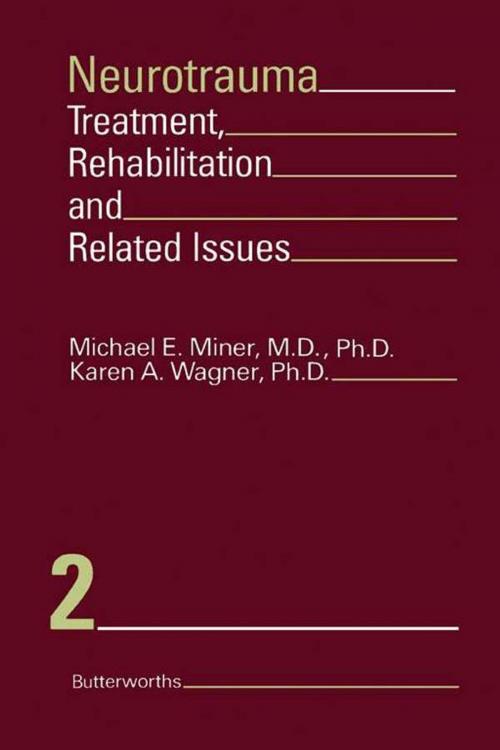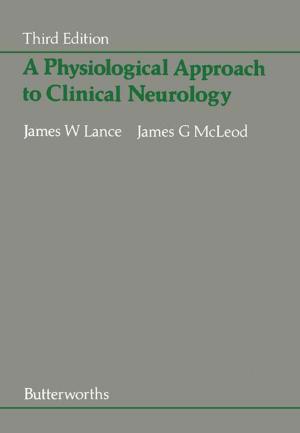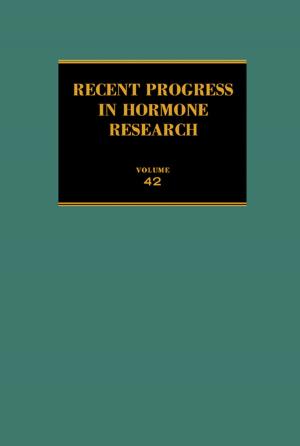Neurotrauma
Treatment, Rehabilitation, and Related Issues
Nonfiction, Health & Well Being, Medical, Surgery| Author: | ISBN: | 9781483192581 | |
| Publisher: | Elsevier Science | Publication: | October 22, 2013 |
| Imprint: | Butterworth-Heinemann | Language: | English |
| Author: | |
| ISBN: | 9781483192581 |
| Publisher: | Elsevier Science |
| Publication: | October 22, 2013 |
| Imprint: | Butterworth-Heinemann |
| Language: | English |
Neurotrauma features the papers presented at the Second Houston Conference on Neurotrauma in Texas held in May 1985. These papers cover discussions on patients who have both brain and spinal cord injuries and acute care treatment and investigations of brain injury, as well as rehabilitation strategies and approaches.
This second edition is organized into four parts. The first part deals with the treatment of less-than-severe head injury, barbiturate-induced coma, closed head injuries, and severely brain-injured patients. The second part focuses on the evaluation of physiological and anatomical recovery of brain injury patients, while the third part discusses the management of patients with combined head and spinal cord injury. The final part focuses on rehabilitation issues that include nonpharmacological management, the impact of traumatic brain injury on sexuality, and ethical aspects of lifesaving therapeutic strategies.
This book may be of interest to persons dealing with studies on the treatment of brain and spinal cord injuries.
Neurotrauma features the papers presented at the Second Houston Conference on Neurotrauma in Texas held in May 1985. These papers cover discussions on patients who have both brain and spinal cord injuries and acute care treatment and investigations of brain injury, as well as rehabilitation strategies and approaches.
This second edition is organized into four parts. The first part deals with the treatment of less-than-severe head injury, barbiturate-induced coma, closed head injuries, and severely brain-injured patients. The second part focuses on the evaluation of physiological and anatomical recovery of brain injury patients, while the third part discusses the management of patients with combined head and spinal cord injury. The final part focuses on rehabilitation issues that include nonpharmacological management, the impact of traumatic brain injury on sexuality, and ethical aspects of lifesaving therapeutic strategies.
This book may be of interest to persons dealing with studies on the treatment of brain and spinal cord injuries.















